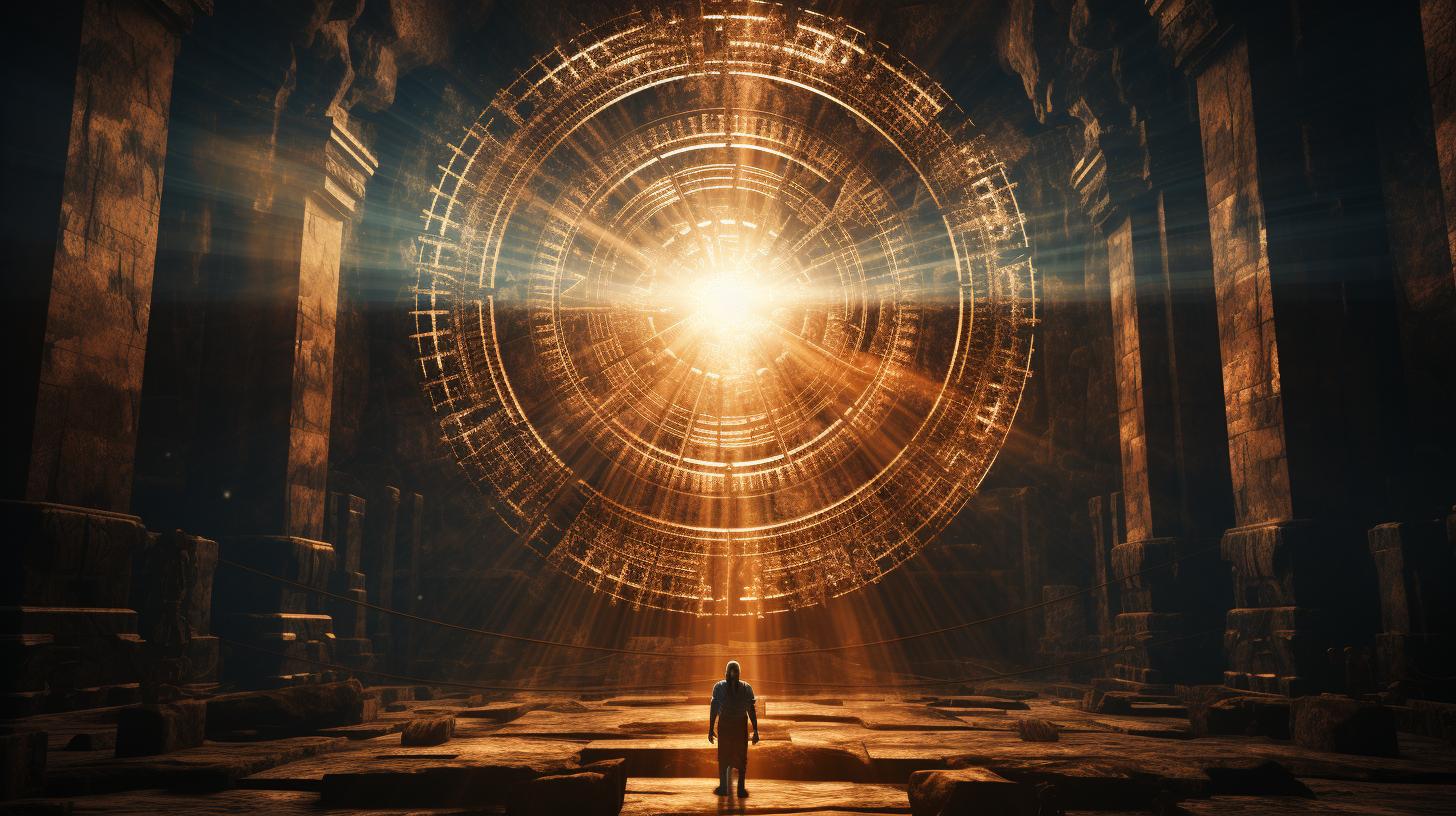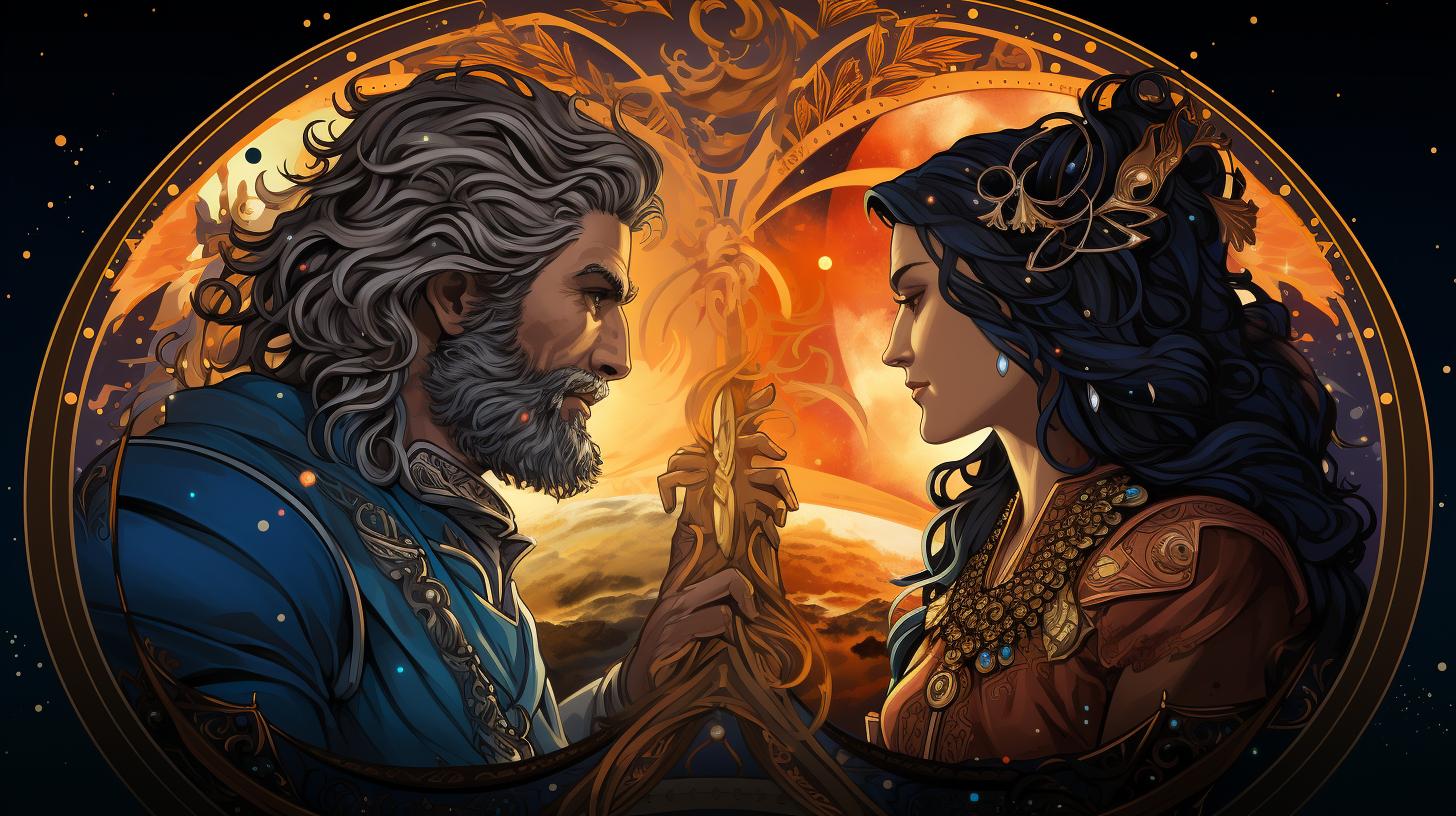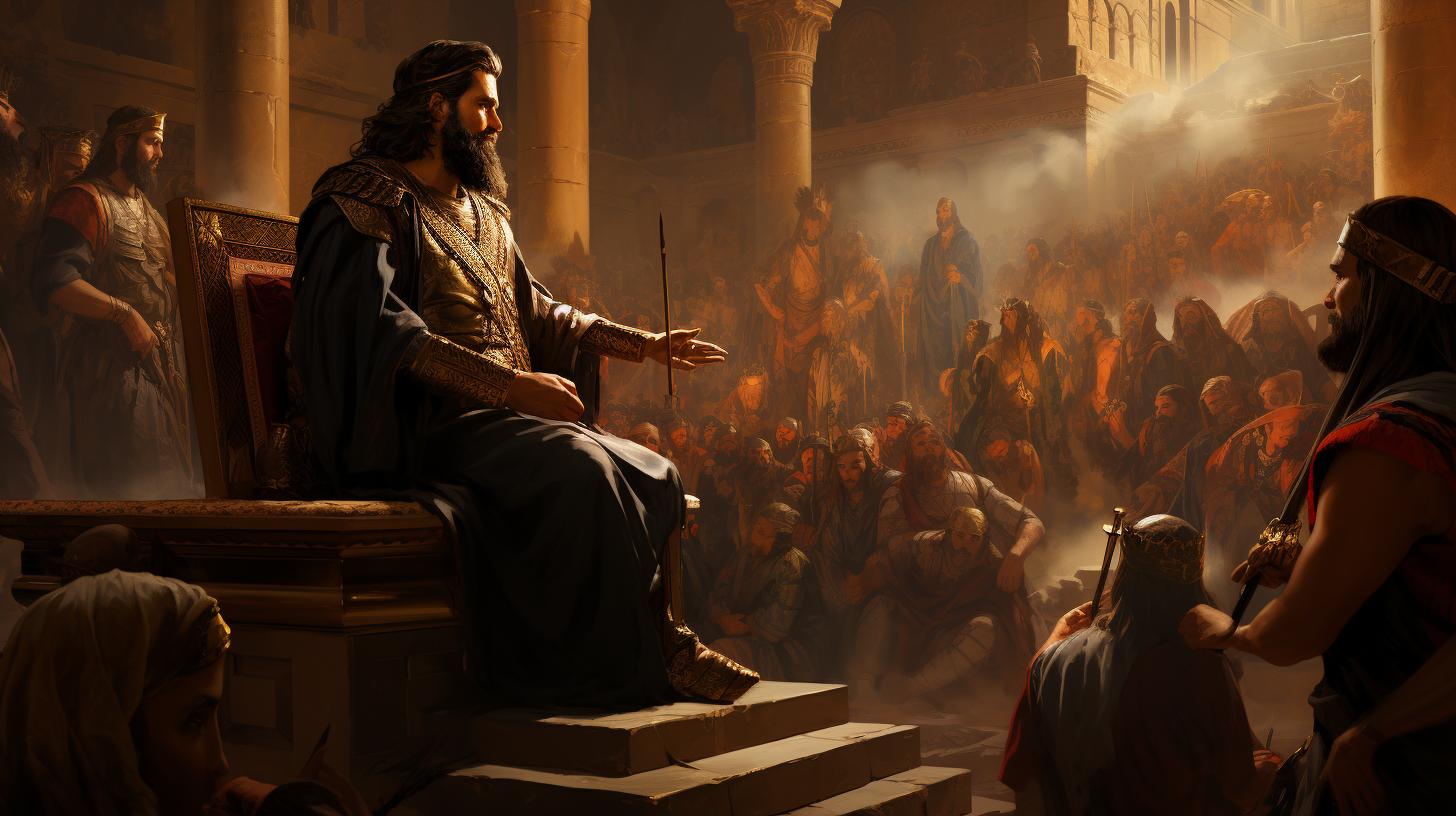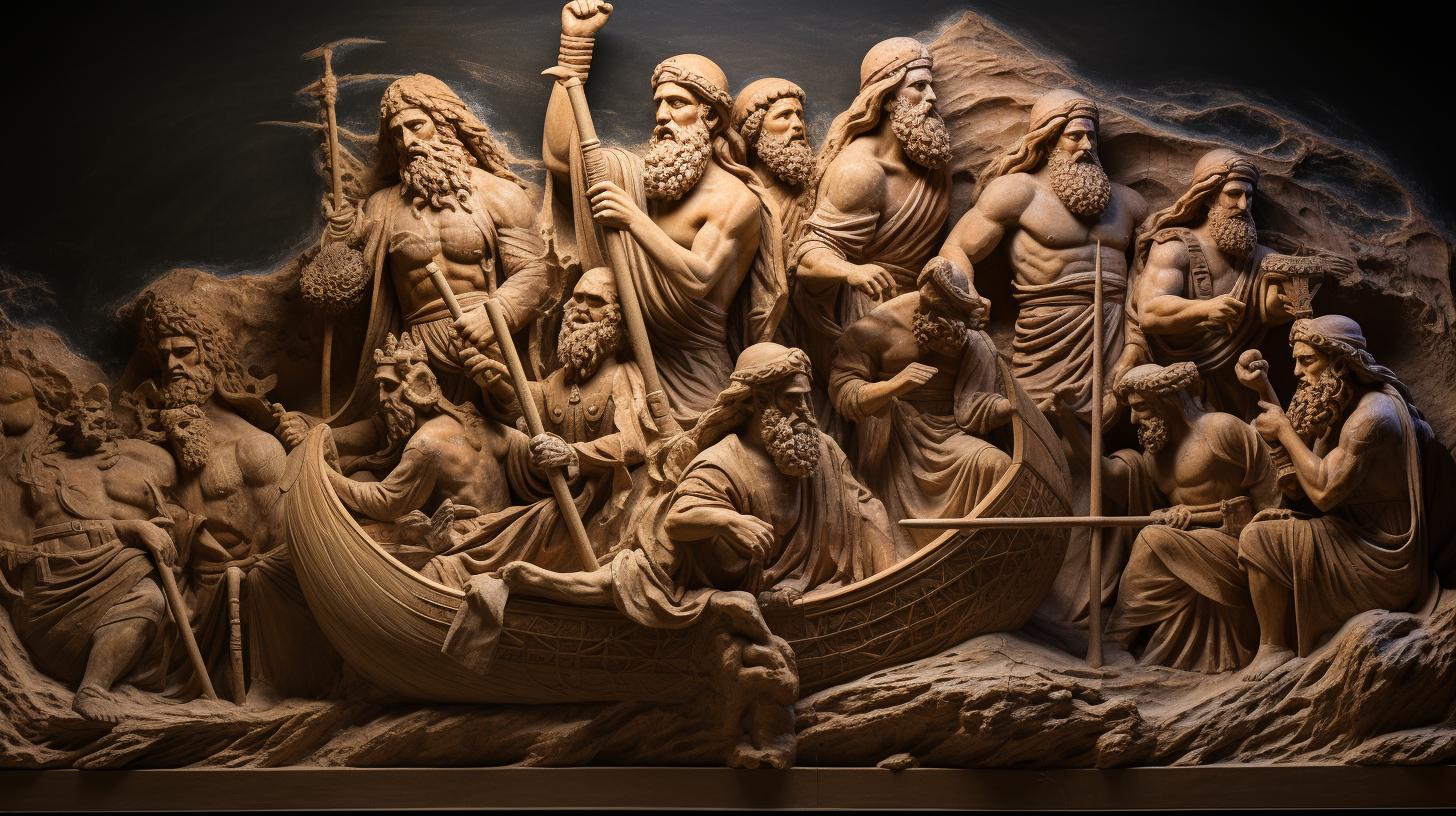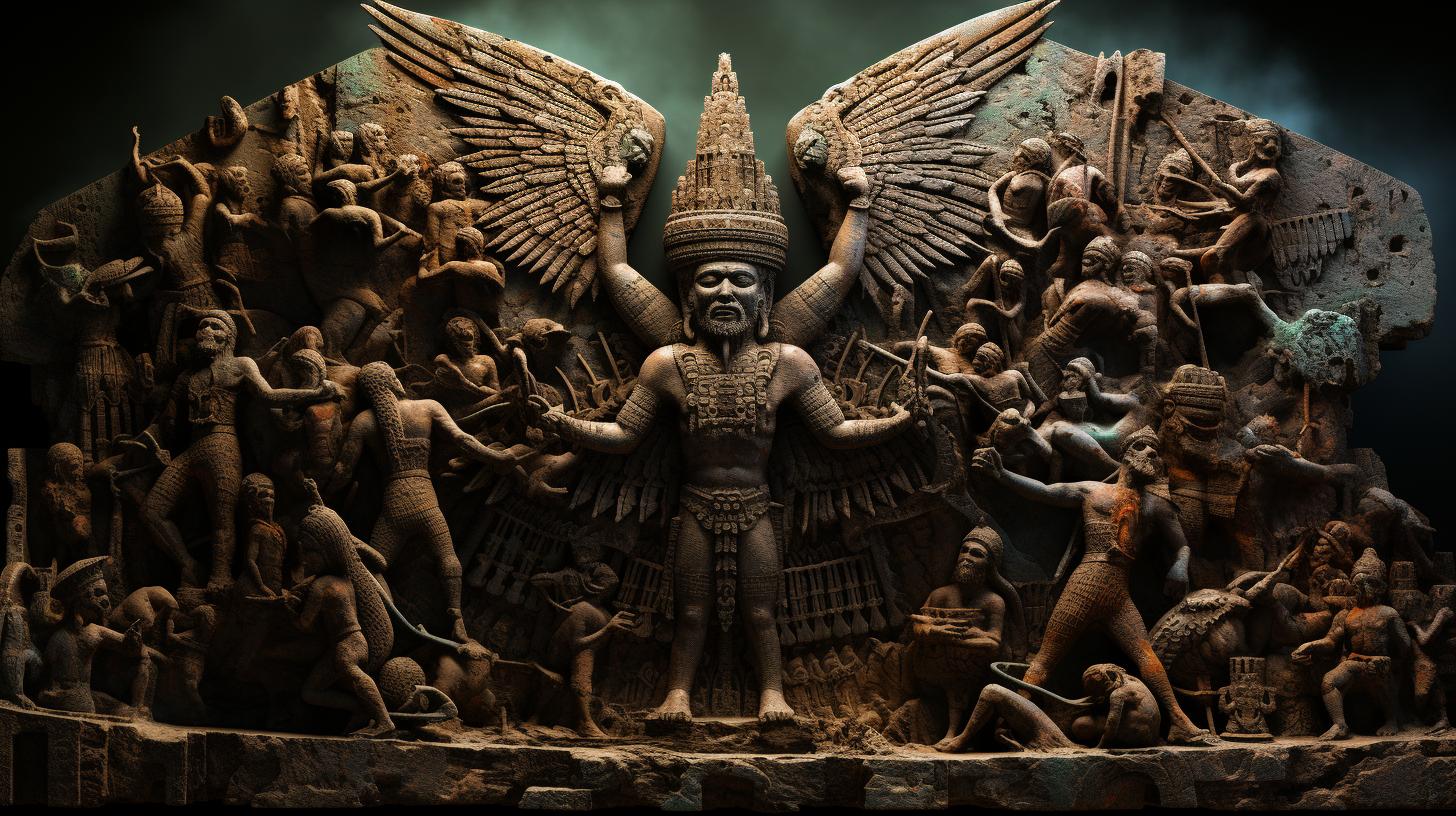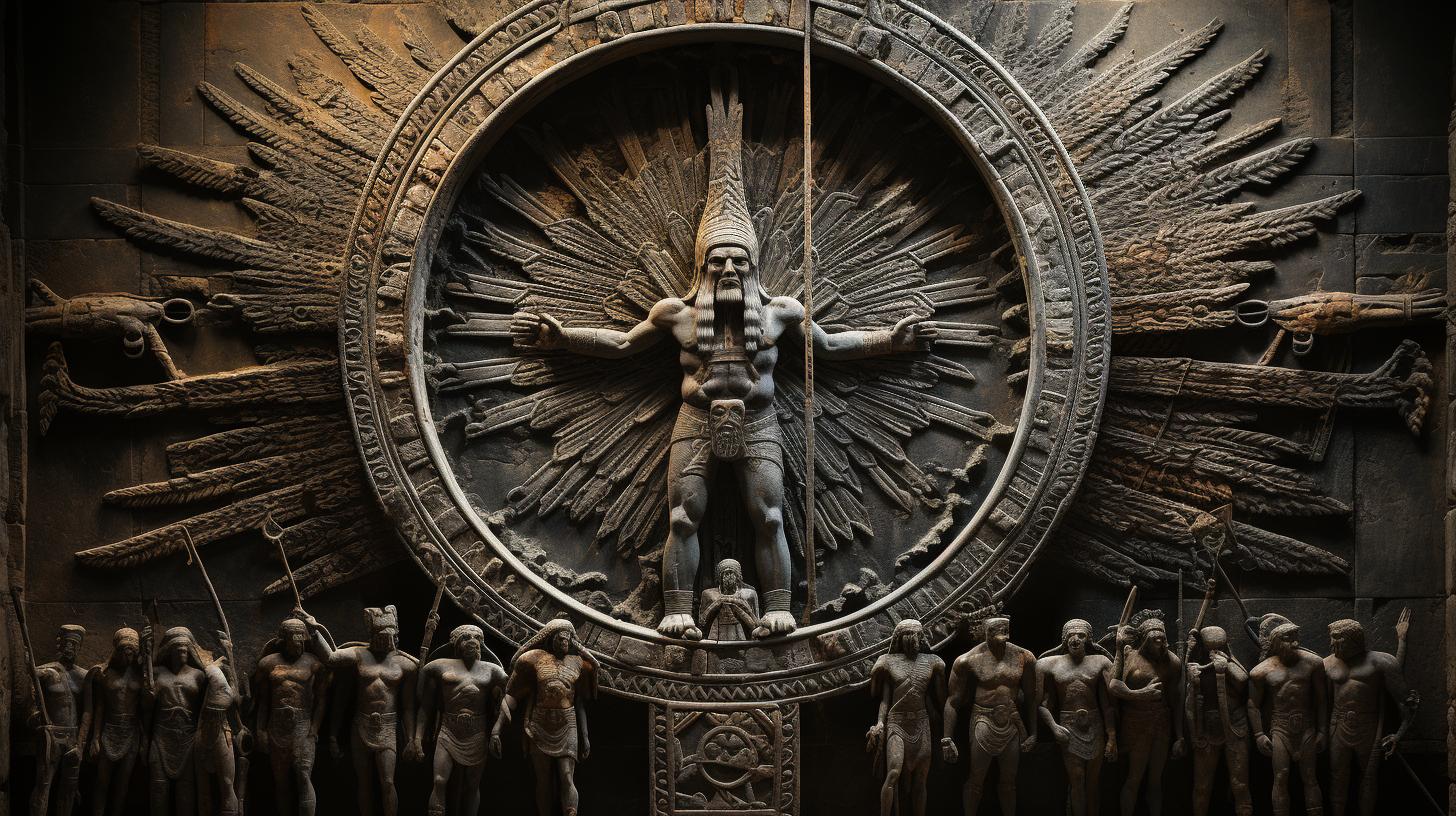Babylonian Sun God Shamash: The Radiant Deity of Justice and Light
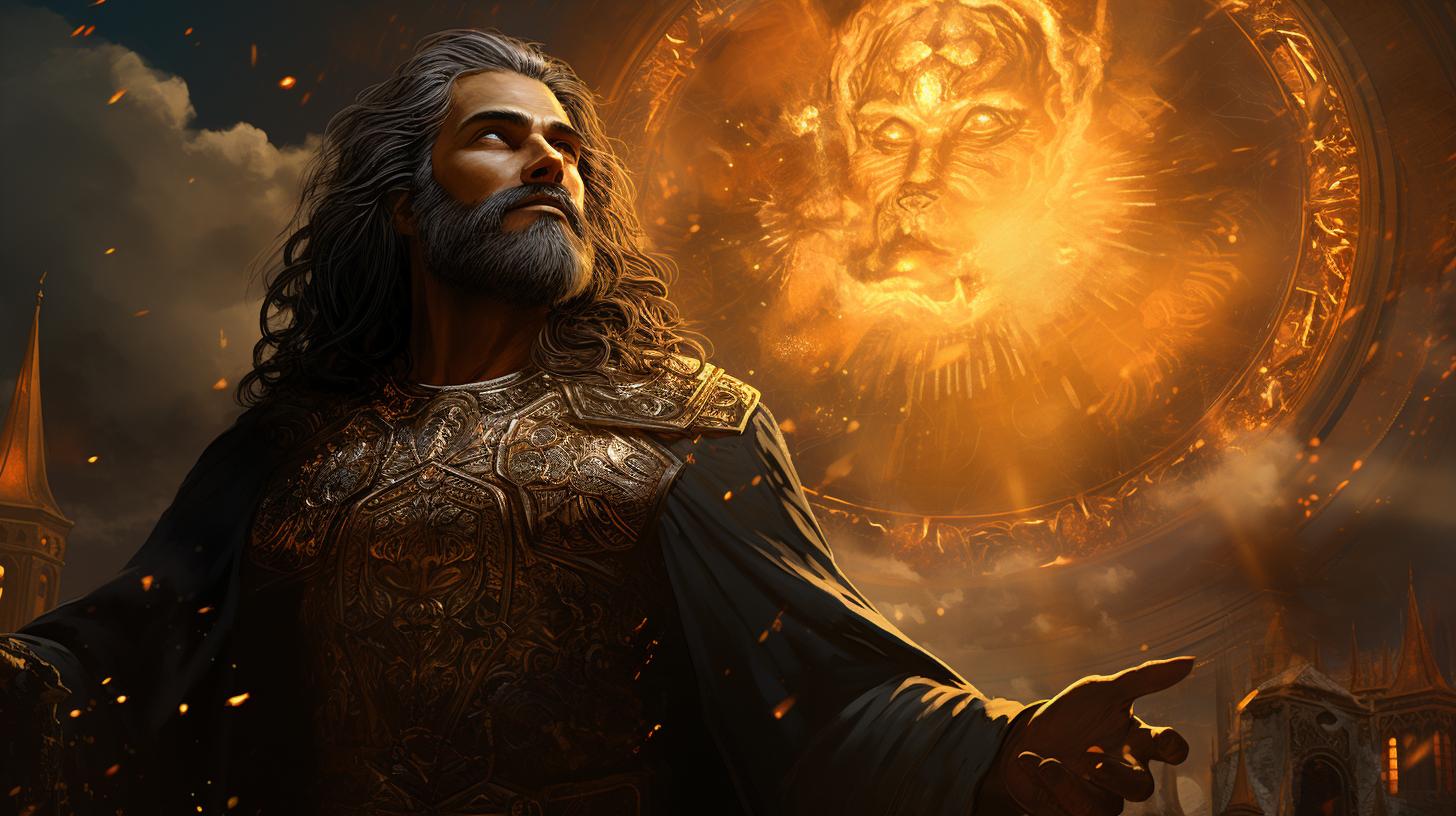
Shamash, the Babylonian sun god, held significant importance in ancient Mesopotamian culture. Believed to be the judge of both gods and humans, Shamash symbolized justice and righteousness. He was closely associated with the protection of travelers and his role in divination.
Worship of Shamash was centered in the cities of Sippar and Larsa, reflecting his influence on society and law. Depictions of Shamash can be found in art and iconography, such as cylindrical seals and the renowned Hammurabi Stele.
Explore the fascinating mythology, symbols, and worship of Shamash in this comprehensive article.
In this comprehensive article, explore the fascinating lore and significance surrounding Shamash, the Babylonian sun god.
Begin with an exploration of Shamash’s role as the god of the sun, delving into his captivating mythology, origins, and the symbolic attributes associated with him. Discover the religious worship and immense importance of Shamash in ancient Mesopotamia, where he held a prominent place in the pantheon.
Uncover the intriguing connections between Shamash and other deities, including his relationship with Sin, the moon god, and his association with Ishtar, the goddess of Venus. Learn about Shamash’s crucial role in Babylonian society, particularly in the cities of Sippar and Larsa, where his cult flourished.
Explore his influence on matters of law, justice, and his role as a protector of travelers.
Delve into the captivating art and iconography surrounding Shamash, with a focus on his depictions on cylindrical seals.
Witness his representation in the famous Hammurabi Stele, as well as other artistic interpretations of this radiant sun deity.
Immerse yourself in the world of Shamash, as you dive into the mythology, worship, and cultural significance of this mesmerizing Babylonian sun god.
Shamash: The God of the Sun
Shamash, the Babylonian sun god, held a significant position in ancient Mesopotamian mythology and religion. Let us explore the captivating realms of Shamash’s existence, starting with his fascinating mythology and origins.
Mythology and Origins of Shamash
The mythology surrounding Shamash traces back to ancient times when he was believed to be the son of Sin, the moon god. In the Sumerian tradition, Sin was referred to as Nanna. As the sun god, Shamash represented the power of light over darkness and played a crucial role in maintaining cosmic balance.
Attributes and Symbolism of Shamash
Shamash was revered for his association with justice, equity, and righteousness. Often depicted holding a staff and a ring, these symbols embodied his role as the divine arbiter in heavenly and earthly matters.
With a solar disc adorning his head and a dagger in his right hand, Shamash epitomized the breaking of dawn and the spreading of light across the universe.
Worship and Importance of Shamash in Ancient Mesopotamia
The worship of Shamash held immense significance in the religious practices of ancient Mesopotamia.
Temples dedicated to Shamash were prominent in the cities of Sippar and Larsa. The people recognized his vital role as the judge of gods and humans, seeking his divine guidance and intervention in matters of justice and fairness.
Moreover, Shamash’s reputation as a guardian and protector of travelers made him a revered deity among those embarking on journeys to distant lands.
- Shamash, the divine judge of gods and humans
- Worship and reverence in Sippar and Larsa
- Seeking his guidance in matters of justice and fairness
- Importance as a guardian and protector of travelers
Shamash and his Connection to Other Deities
Shamash, the Babylonian sun god, held significant connections with other deities in the ancient Mesopotamian pantheon.
These associations shed light on his multifaceted role and further elucidate his importance in religious and cosmic dynamics.
Relationship between Shamash and Sin (the Moon God)
A crucial link was established between Shamash and Sin, the moon god often identified as Nanna in Sumerian mythology. Sin, as the father of Shamash, represented the full moon, while Shamash represented the sun.
This father-son relationship symbolized the celestial balance between light and darkness, aligning with their respective domains as well.
Shamash’s Association with Ishtar (the Goddess of Venus)
Shamash’s connection with Ishtar, the goddess of love and fertility also known as Inanna in Sumerian tradition, provided an intriguing dynamic within the pantheon. Ishtar, associated with Venus, represented the power of feminine beauty, desire, and passion.
Shamash’s association with Ishtar symbolized the interplay between the energies of the sun and Venus, representing the interdependence of masculine and feminine forces within the cosmic order.
Shamash’s Role in the Babylonian Pantheon
Shamash occupied a prominent position within the Babylonian pantheon.
As the god of justice and equity, he served as the ultimate judge, presiding over both gods and humans. His influential role in ensuring fairness and order contributed to the stability and harmony of society.
Shamash’s divine authority also extended to matters of divination, weather, and protection of travelers, consolidating his significance and multifaceted nature within the religious and cultural framework of ancient Mesopotamia.
Shamash in Ancient Mesopotamian Society
Shamash, the esteemed Babylonian sun god, held a significant place in ancient Mesopotamian society.
His influence extended beyond religious worship, shaping various aspects of daily life and societal structures.
The Cult of Shamash in Sippar and Larsa
The cities of Sippar and Larsa served as centers for the worship of Shamash. Temples dedicated to him were constructed in these locations, where elaborate rituals and ceremonies took place. The cult of Shamash thrived in these cities, attracting devoted followers who sought his guidance and protection.
Shamash’s Influence on Law and Justice
One of the remarkable aspects of Shamash’s domain was his association with justice and law. As the god of justice and equity, he played a vital role in the legal systems of ancient Mesopotamia.
Shamash provided divine guidance and principles for rulers and judges, ensuring fair judgment and punishment for the wrongdoers. His involvement lent legitimacy to the legal proceedings and emphasized the importance of righteousness in society.
Shamash as a Guardian and Protector of Travelers
Shamash’s influence extended to the realm of travel and protection. Seen as the protector of travelers, he was venerated by those embarking on arduous journeys. Travelers sought his assistance in navigating treacherous terrains and overcoming obstacles, relying on his divine guidance for a safe passage to their destinations.
Shamash’s watchful presence provided comfort and assurance, making him an essential figure for ancient Mesopotamian travelers.
Shamash’s role in society went beyond religious practices. The cults dedicated to him in Sippar and Larsa underscored the reverence he commanded, while his influence on law and justice ensured a fair and equitable society.
As a guardian and protector of travelers, he bestowed confidence and security on those embarking on perilous journeys. Shamash’s multifaceted significance made him a central figure in ancient Mesopotamian society, shaping various aspects and offering guidance in both spiritual and practical domains.
Shamash in Art and Iconography
In addition to being a significant deity in ancient Mesopotamian mythology, Shamash, the Babylonian sun god, holds a prominent place in art and iconography. This section explores the various depictions and representations of Shamash in different mediums.
Depictions of Shamash in Cylindrical Seals
Shamash’s presence can be observed in the art of Mesopotamia through the use of cylindrical seals. These small, intricately carved stone cylinders were often used as stamps to impress designs onto clay tablets or other surfaces.
Depictions of Shamash on these seals showcase his divine attributes and symbolism, reinforcing his role as the god of the sun. Adorned with a radiant crown or a disc symbolizing the sun, Shamash is often depicted in a seated, authoritative pose, symbolizing his status as the ultimate judge and bringer of light.
Shamash’s Representation in the Hammurabi Stele
One of the most renowned artistic representations of Shamash is found in the Hammurabi Stele, also known as the Code of Hammurabi. This basalt slab bears an intricate relief carving depicting the Babylonian king Hammurabi receiving the laws from Shamash.
Here, Shamash is portrayed as a standing figure, larger than the other characters, with rays of light emanating from his shoulders, symbolizing his divine wisdom and enlightenment. The stele serves as a visual testament to Shamash’s role in guiding the laws and ensuring justice in society.
Other Artistic Representations of Shamash
Aside from cylindrical seals and the Hammurabi Stele, Shamash can be found depicted in various other artistic representations. Sculptures, reliefs, and paintings from ancient Mesopotamian sites often depict Shamash holding a staff or a ring, emphasizing his role as the god of justice and equity.
Some representations also show him with a solar disk over his head, symbolizing his association with the sun and his ability to bring light to the universe. These artistic creations capture the essence of Shamash’s power, shedding light on his significance in the religious and cultural beliefs of ancient Mesopotamia.
Overall, the art and iconography related to Shamash offer valuable insights into the ancient beliefs and reverence for this Babylonian sun god. Through the intricate carvings on cylindrical seals, the influential presence in the Hammurabi Stele, and other artistic depictions, Shamash’s role as a divine judge, protector, and bringer of light is vividly portrayed in the visual heritage of ancient Mesopotamia.
- Shamash’s depictions in cylindrical seals showcase his divine attributes and symbolism
- The Hammurabi Stele depicts Shamash as the giver of laws, emphasizing his role in guiding justice
- Artistic representations of Shamash often feature him holding a staff, a ring, or a solar disk
.











